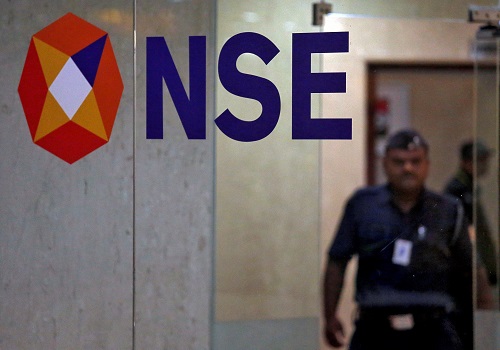3 Popular Methods of doing Trend Analysis

Follow us Now on Telegram ! Get daily 10 - 12 important updates on Business, Finance and Investment. Join our Telegram Channel
https://t.me/InvestmentGuruIndiacom
Download Telegram App before Joining the Channel
Once you begin to invest and trade in stocks you realize the importance of understanding how the market operates. A key aspect worth noting here is understanding trend analysis and the popular strategies via which it is executed. One place where you can understand more about the same is on Angel One’s investor education platform called Smart Money1. It features tons of modules on trading and investing within financial markets such that you can grow your wealth. Modules have been designed for beginners as well as experts alike. These modules cover technical trading which includes executing technical analysis, trading strategies and more.
Trend analysis serves as an important part of technical analysis. Trend analysis refers to the process via which investors estimate what the price movements of stocks will be in the future by analyzing current market trends. These trends indicate the direction in which the price of a stock is moving. Owing to the high volatility that may exist across short time frames, share prices do not ordinarily move in a straight line. When assessing stock price movements as a trend, you must remember to select a specific time period.
Some of the popular methods via which trend analysis is executed are as follows.
Moving Average (or MA) – This stock indicator is utilized by traders who are interested in performing technical analysis. The primary goal of calculating moving averages is to reduce the impact that a stock’s short-term price fluctuations have over an outlined time frame. When a short term-moving average moves above a long-term moving average, traders tend to enter long positions. In case the short-term moving average falls below that of one that is long-term, traders opt for short positions.
Momentum Indicators – This tool is often selected in order to assess how weak or strong a given stock’s price is. Here, the rate via which the price of a stock rises or falls is taken into account. Traders enter a long position in case the stock price begins to move upwards (or downwards) with a lot of speed. In case the shares of a company begin to lose momentum, traders are likely to square off their long positions.
Trendlines and Chart Patterns – These can be understood to be a sequence of lines and curves that are employed under technical analysis such that price patterns can be made sense of. Traders use this mechanism to identify support and resistance within a stock’s price chart. In instances of equity shares of a company trending higher, traders begin to enter long positions. Here, a stop-loss order is often placed below the main trendline.
If you feel that you are unable to grasp these concepts with ease and would prefer to have technical analysis explained in a manner that is easy to understand, consider visiting Smart Money. It is a comprehensive guide to the stock market and has certifications available as well. Research reports published by Angel One can also be looked at as they are based on technical analysis as well as fundamental analysis. They are prepared by an expert team that has ample knowledge of the markets and are available on the Angel One website.
The markets provide beginners, traders, and investors alike with the opportunity to grow their wealth provided they proceed with caution and make informed decisions. If you would like to begin your trading and investment journey, visit the Angel One website to learn more.
Disclaimer
1Smart Money is not an exchange approved product and any dispute related to this will not be dealt on exchange platform
2 This blog is exclusively for educational purpose
3 Investments in securities market are subject to market risk, read all the related documents carefully before investing. Brokerage will not exceed the SEBI prescribed limit. https://bit.ly/2VBt5c5










Tag News

Quote on Silver : Silver price falls in recent weeks Says Prathamesh Mallya, Angel One










